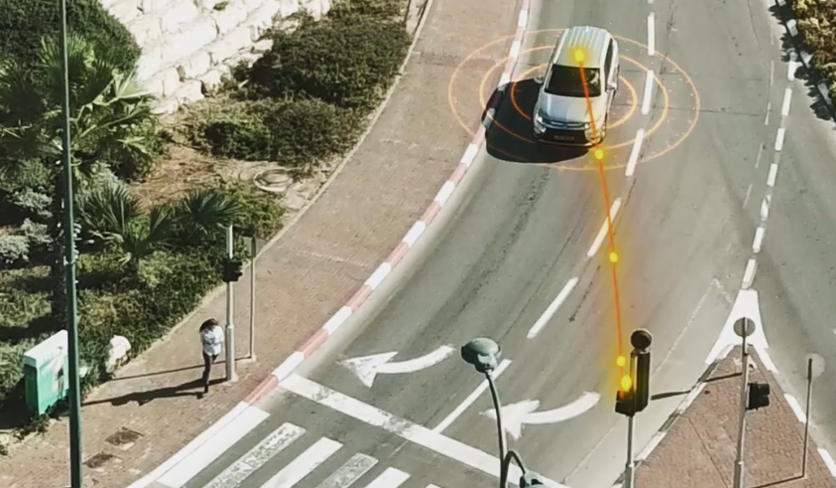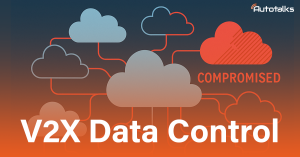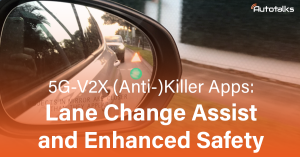
In the United States, 40% of all collisions occur at intersections. A quarter of all traffic related deaths and about half of all injuries take place at an intersection. Intersection safety is a major challenge that’s currently being tackled and is considered a top priority on the local, state and federal levels.
But how is it possible to tackle thousands of intersections? The cost and effort can be endless.
Fortunately, in the era of big data, we have enough information to produce reliable statistic results and find the most dangerous intersections – the ones with the highest number of collisions, injuries and fatalities. Focusing on a short list of the most dangerous intersections is much easier and cost effective.
After analyzing the data for the state of California, it turns out that 8 out of the 10 most dangerous intersections are located in Los Angeles. In a state with over 76,000 miles of city streets and another 65,000 miles of county roads, two of the three most dangerous intersections are located just 3.4 miles apart.
Looking at the data of NYC, the absolute worst traffic intersections tend to be near on and off-ramps of major bridges and tunnels. The most dangerous intersection has about 180 collisions per year, which is a collision every two days on average.
One of the best and most cost-effective solutions to increase intersection safety is to make the intersection “smart”. Nowadays, we all like it smart. Smart phones, smart TVs, smart homes. Everything around us is turning smart. There are different levels of “smart” though – it is one thing to turn on the lights in your home by clicking one button, it is another thing to find useful information using your smartphone, and a whole different level when smart technology can save your life.
According to Wikipedia, “a smart city is an urban area that uses different types of electronic methods and sensors to collect data”. A smart intersection is a major part of the smart city concept. The smart intersection is equipped with several sensors that collect and distribute data. This data can be used in order to improve traffic flow, prioritize emergency vehicles and, of course, to increase safety and save lives by preventing collisions.
Visual sensors such as cameras, radars and lidars are “the eyes” of the intersection. V2X is “the mouth and ears” of the intersection. It can communicate a detected road-user to all other V2X-equipped road users, alerting them of any potential danger. Vehicles with V2X can get alerts about road dangers which are not in direct line of sight, such as a pedestrian crossing a street or an obstructed car planning a turn.
Deploying V2X based solutions in the most dangerous intersections will assist in reducing collisions, injuries and fatalities. With a relatively low investment, early adopters of V2X technology will reap immediate value, increasing their own safety and the safety of their surroundings.
Cities targeting the dangerous intersections and making them “smart”, will greatly benefit from a reduction of road collision in their jurisdiction. Intersections can be a safer place for all road users – car drivers, motorcyclists, bicyclists and pedestrians.
References:








